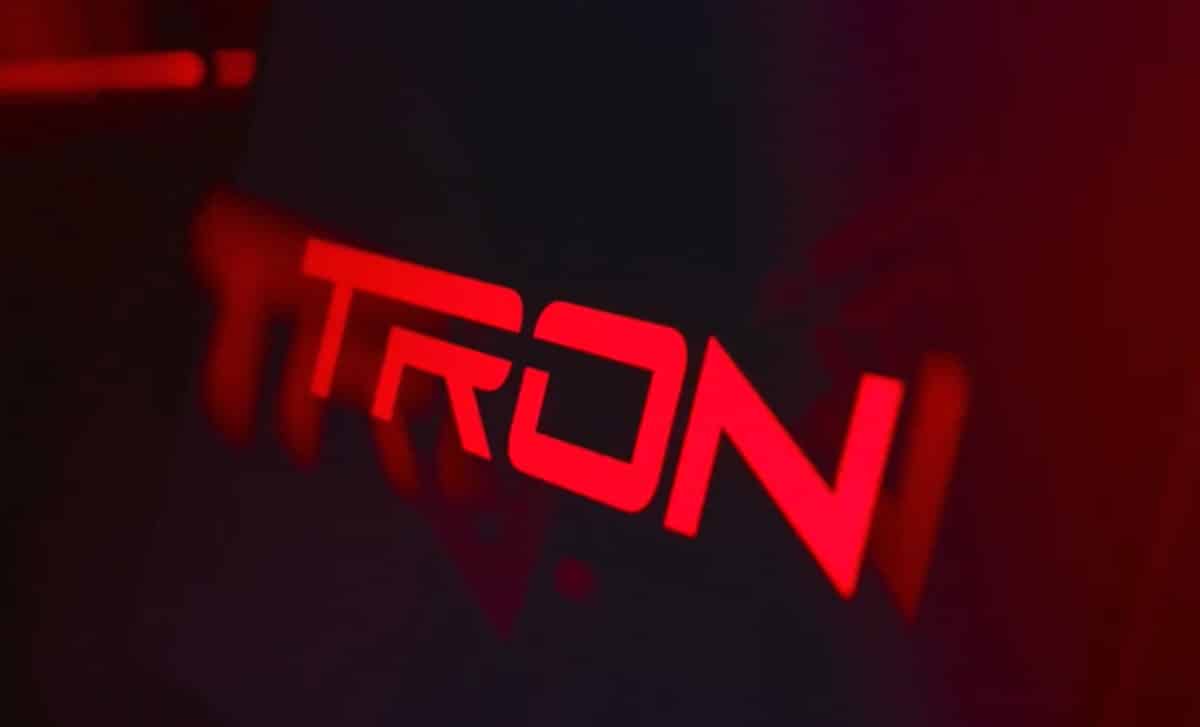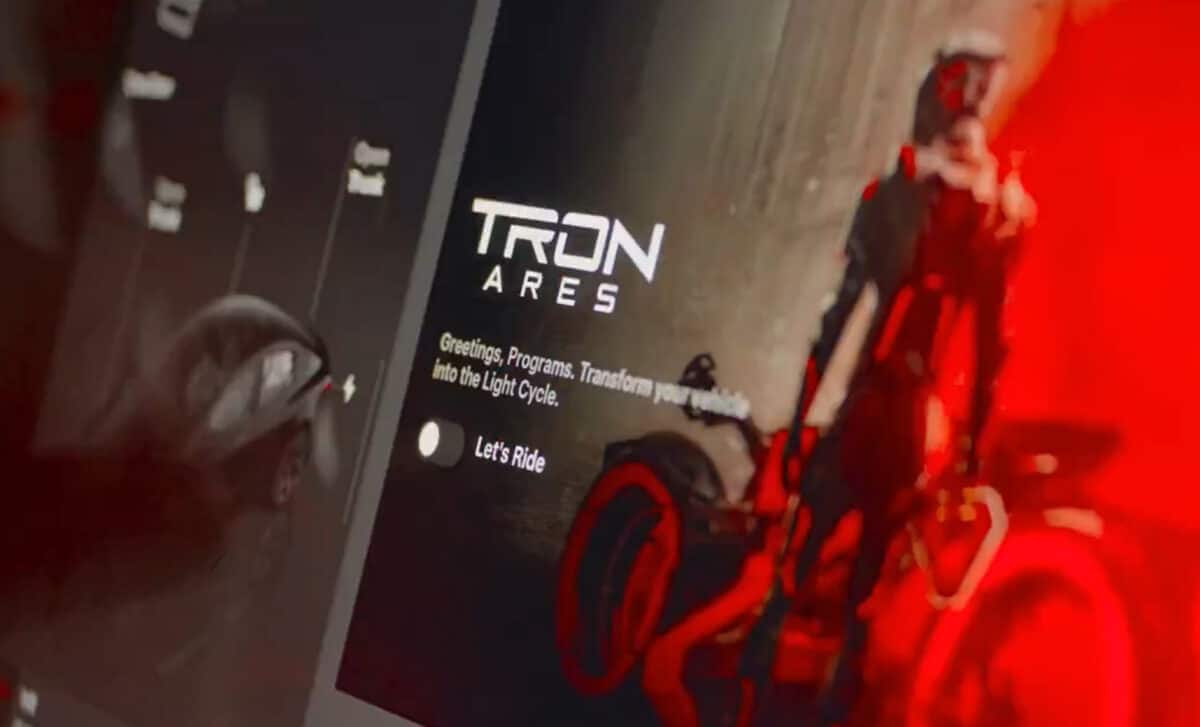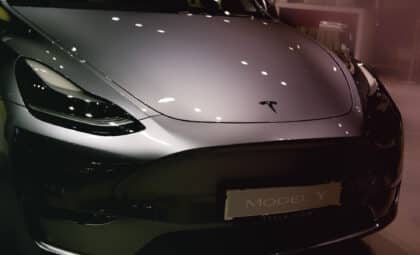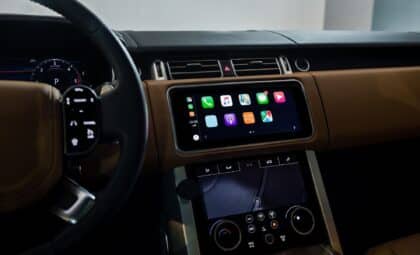In a move that’s turning heads and sparking debate, Tesla has rolled out a new software update featuring visuals and audio cues from Disney’s upcoming Tron: Ares movie. The Light Cycle from the sci-fi franchise now replaces the standard vehicle icons on some Tesla displays, effectively introducing in-car advertising to the vehicle’s interface.
This update marks an unusual step for the automaker, known for its quirky Easter eggs and film nods. Unlike previous pop culture references buried in Tesla’s Toybox or driving modes, this one is overt—and promotional. For some, it’s an unwanted evolution in how their vehicle interacts with media.
Tesla’s infotainment system has long been a central hub of entertainment and innovation inside the cabin. From streaming video services to video games, the screen isn’t just for maps and music. But this latest update is testing the boundaries of what customers believe belongs on that display—and who decides.
The Grid Enters the Dashboard
On October 10, Tesla officially released an update that swapped out the usual gray vehicle indicators for stylized Tron: Ares Light Cycles navigating through darkened, digital-looking roads. Paired with red mood lighting and modified turn signal sounds, the update transforms the vehicle interface into a mini Tron environment.
According to Motor1, Tesla’s official X (formerly Twitter) account shared the update using the caption, “The grid has expanded to your Tesla — Tron: Ares update rolling out now.” The timing coincides with the promotional cycle for Tron: Ares, Disney’s upcoming film, and appears to be a direct collaboration between Tesla and the entertainment giant.
This shift in visual and audio experience replaces core display elements used in driving, bringing branded material front and center. While not an advertisement in the traditional sense, the reference is unmistakably tied to the film’s marketing campaign.
Backlash from Within the Fanbase
Not all Tesla drivers are on board. What might’ve been intended as a fun tie-in has instead led to user frustration—and in some cases, outrage. Many longtime Tesla supporters have voiced concerns on social media platforms about the implications of advertising within the driver interface.
One post quoted by Motor1 shows a Tesla user complaining, “Biggest annoyance with this Tron thing is the annoying ass sound that can’t be turned off from blinkers.” Another critic highlighted how the update felt more like a forced brand placement than a playful feature.
The change is being contrasted with Tesla’s previous pop culture integrations like Ludicrous Mode (a nod to Spaceballs) and Mad Max settings within the Full Self-Driving beta. Those were tongue-in-cheek settings buried in menus—this feels different. Even Tesla’s dedicated community is expressing discomfort, citing the overt promotional nature of the update.

Disney, Musk, and a Clash of Timing
The timing of the Tron: Ares integration is raising eyebrows for another reason. It follows recent tensions between Elon Musk and Disney CEO Bob Iger, after Disney pulled its advertising from Musk’s platform X. In response, Tesla reportedly removed Disney+ from its vehicle interface—only to now reintroduce Disney-branded content in another form.
This contradiction hasn’t gone unnoticed. The visual presence of Disney IP inside Tesla vehicles, shortly after a high-profile corporate standoff, hints at a change in tone—or perhaps a financial compromise. Whether it’s a coordinated reversal or just peculiar timing remains unclear.
Meanwhile, users are left navigating branded updates they didn’t request and cannot easily disable. It’s the kind of development that brings the broader implications of “software-defined vehicles” into sharper focus—not just as tech platforms, but as ad space.
Tesla has yet to comment publicly on whether more branded experiences are in the pipeline. For now, Light Cycles cruise silently through the dashboards of thousands of unsuspecting owners.









